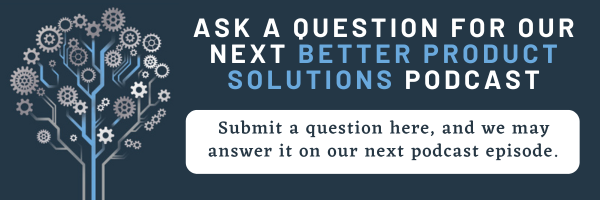In episode 10, we talk to Rafael Tudela, a fellow Tapeconian with an interesting educational background. A double major in electrical and electronic engineering, Rafael spent most of his career on the electrical side before bringing his talents to Tapecon where he is mostly working in the world of flexible hybrid electronics. We spoke with Rafael about the exciting projects he’s working on at Tapecon and what he sees for the future.
Watch the Video
Listen to the Audio
Conversation Overview
- Rafael works currently as an applications engineer and handles a lot of customer designs.
- Relatively new to Tapecon with just under 2 years under his belt, Rafael was one of the first virtual hires after the pandemic hit in March of 2020.
- Rafael has always been interested in tinkering and he chose to double major in Electrical Engineering and Electronics Engineering because of the job security the fields offered as well as room for growth throughout the industry.
- While getting his education, Rafael mostly worked with core printed electronics but he has been thrown into flexible hybrid electronics (FHE) recently.
- FHE is a combination of printed flexible circuit and hard stake components.
- Tapecon has been working in FHE since the 1990s, but it has evolved rapidly over the years. FHE today houses IC chips, capacitors, and transistors.
- While Tapecon’s main focus has been the membrane switch - printed circuits with buttons and LEDs - a much more advanced self sustaining device is being developed.
- Rafael’s current project using this technology is developing a sensor that sticks to a person’s skin and can read their body temperature for either a data pool or a healthcare worker.
- Rafael discussed the advantages of using additive manufacturing over subtractive, a shift that he’s experienced the longer he’s been out of school.

- For one, additive manufacturing is a lot more cost-effective than subtractive. For example, instead of having to pay for an entire block of copper to be etched away, you need only pay for the material that is being used.
- Additive manufacturing is also a lot more sustainable. The process doesn’t use any harmful chemicals to create a circuit and the waste that is produced is a lot less as you are adding to the creation, not chipping away materials.
- Rafael discussed the value of creating a demonstrator by saying that “a picture may be worth a thousand words, but a demonstrator is worth a million.” Demonstrators allow you to put something in a customer’s hand, show them how it works, show them its functionality. What often happens is the customer doesn’t even realize they need what you’re showing them until they can hold it and experience it.
- For example, in house, some designers at Tapecon are redesigning a tape dispenser. Originally, the dispenser had all components like an old fashioned alarm clock like push buttons and it was cut out of stainless steel. Designers can now make membrane switches for the tape dispenser with a circuit board in the faceplate. These innovations reduce the cost while creating a more sustainable manufacturing process.
- Rafael believes that when it comes to the future of FHE, it’s a pioneer’s game. His education helped him in the long run with things like design work and determining what kind of sensor to use in specific projects. However, when it comes down to it, business is driving FHE right now.
- Additive manufacturing and printing is also upping the game as we look at how acquiring certain components is being affected by the supply chain issues being experienced worldwide. Additive manufacturing is making businesses look at the advantages of just making the components they need versus buying them.